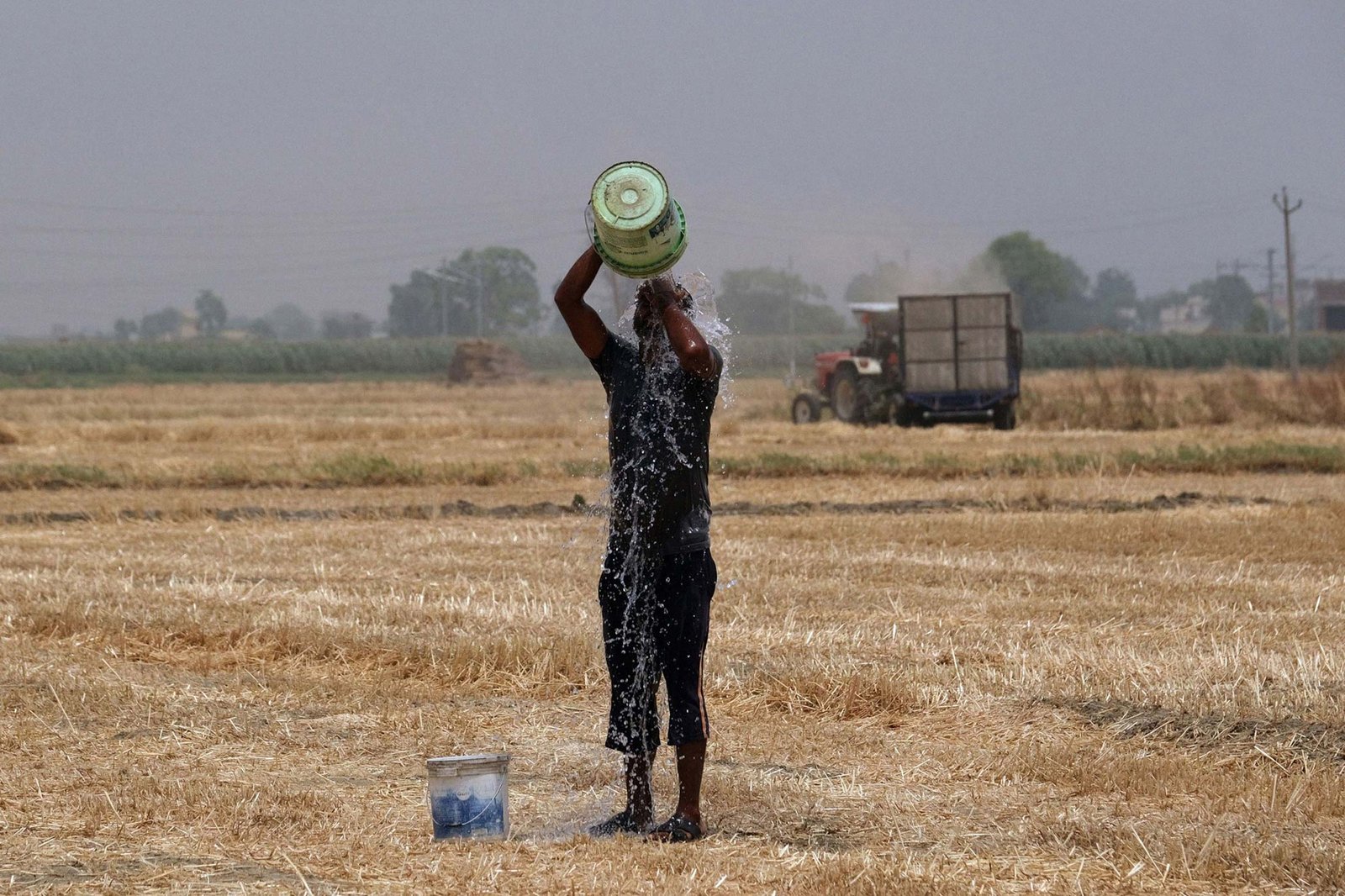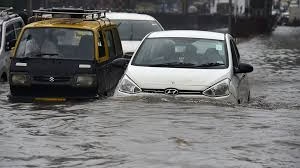“This has been the longest spell because it has been experienced for about 24 days in different parts of the country,” said Mohapatra, head of India’s Meteorological Department (IMD), in an interview with the Indian Express daily.
Although the mercury is expected to drop as the annual monsoon rains advance north this month, Mohapatra warned that more severe heatwaves are likely unless preventive measures are taken. “Heatwaves will be more frequent, durable, and intense if precautionary or preventive measures are not taken,” he stated.
India, the world’s third-largest emitter of greenhouse gases, has pledged to achieve net zero emissions by 2070, which is two decades later than most industrialized nations. Currently, India relies heavily on coal for power generation.
“Human activities, increasing population, industrialization, and transport mechanisms are leading to increased concentrations of carbon monoxide, methane, and chlorocarbons,” Mohapatra explained. “We are endangering not only ourselves but also our future generations.”
Scientific research indicates that climate change is causing heatwaves to become longer, more frequent, and more intense. The current heatwave has seen New Delhi matching its previous record high temperature of 49.2C (120.5F) set in 2022. In the Delhi suburb of Mungeshpur, an automatic weather station recorded a high of 52.9C (127.2F) on May 29, although this was later attributed to a faulty sensor.
Elsewhere in Delhi, 17 city stations recorded a maximum of 49C (120.2F) on the same day. “We constituted an expert committee, which observed readings for the next two days and found there were problems with the sensor,” Mohapatra confirmed. While the IMD raised concerns about the recording within hours, it was the first confirmation that the sensor was indeed faulty.
“We inspect the AWS (automatic weather stations) every six months,” he added. “But in between, a bird or a monkey can disturb it.”
As people sought relief from the scorching temperatures, India’s electricity grid struggled under a record peak power demand of 8,302 megawatts, highlighting the country’s need for robust infrastructural adaptations to cope with extreme weather conditions.



